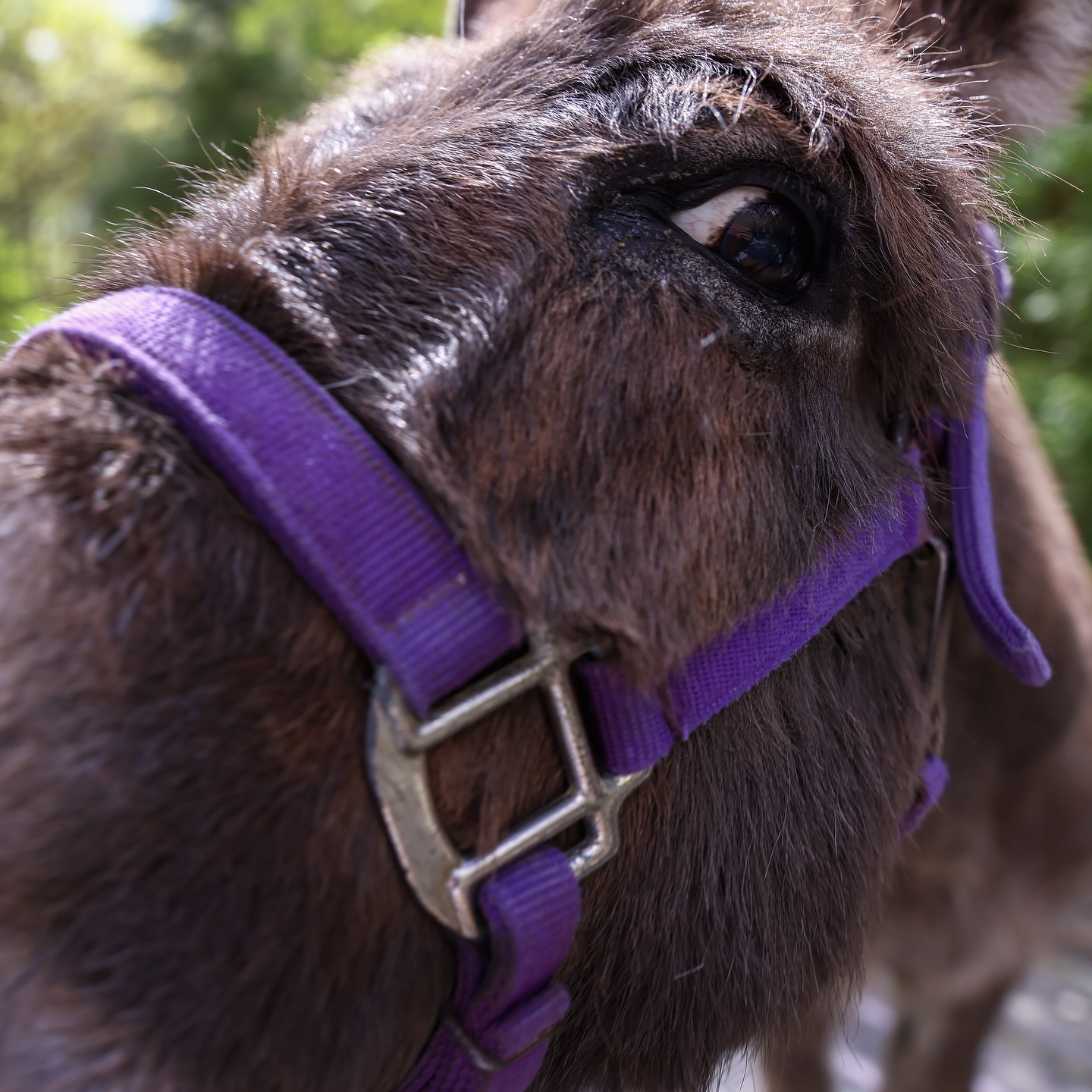- Understanding the urgency of wildlife conservation as 2025 approaches and opportunities to contribute meaningfully.
- The importance of tax-deductible donations to zoological institutions like museums and the impact of such support on conservation efforts.
- Key strategies employed in zoo management to support biodiversity and wildlife conservation.
- The role of zoological expertise and wildlife conservation in securing a sustainable future for endangered species.
- How donations to zoos and wildlife initiatives help achieve conservation and educational goals by year-end deadlines.
As 2025 approaches, the urgent need for robust wildlife conservation efforts becomes ever clearer, underscoring the necessity for proactive measures. This urgency is set against an alarming backdrop: loss of biodiversity, habitat destruction, and climate change. However, the opportunity to make a positive impact on the natural world still exists, evident in practical actions individuals can take. One such opportunity is contributing to the mission of museums dedicated to the preservation and study of wildlife. Tax-deductible donations play a pivotal role in supporting institutions like the Museum in their various endeavors, from research to educational outreach. Such contributions not only foster immediate conservation efforts but also enable the long-term survival of countless species.
In the broader scope of zoology and zoo management, these donations translate into critical resources. Zoos are crucial players in the battle against species extinction, acting as both sanctuaries and educational hubs. With strategic zoo management, they implement comprehensive plans that include captive breeding programs, rewilding initiatives, and the establishment of gene banks. These programs are essential for maintaining genetic diversity among threatened animal populations. Moreover, zoos provide a controlled environment where animals can reproduce without the immediate threats found in the wild.
Zoo management extends beyond providing sanctuary; it includes carefully-crafted educational programs aimed at raising public awareness. These programs help the public understand the importance of conservation and the species-specific challenges faced by wildlife. By demystifying the scientific concepts behind conservation efforts, these initiatives garner community support, thereby advancing conservation goals. The merging of education with practical conservation facilitates both knowledge transfer and active participation, creating an informed and engaged community.
The practice of zoology itself is integral to the success of conservation efforts. Zoologists contribute through scientific research that surfaces vital data about species’ habitats, behaviors, and needs. This research serves as the foundation for informed conservation strategies, guiding actions that align with ecological balance. For instance, understanding predator-prey dynamics helps manage wildlife populations without human intervention, ensuring natural ecosystem functions. In conjunction with this research, technological advancements like geographic information systems (GIS) are utilized to monitor wildlife populations and habitat conditions, further refining conservation strategies.
Sustainable wildlife conservation continues to require innovative solutions, calling for collaboration between governments, NGOs, local communities, and individuals. Such partnerships amplify the reach and effectiveness of conservation efforts. An example can be seen in community-based conservation projects that engage locals in protecting and managing natural resources. These projects provide dual benefits – they contribute to conservation while promoting sustainable livelihoods, embracing a holistic approach that supports both ecological and social systems.
As we draw nearer to 2025, it becomes critical to meet year-end goals, for which support from donors is invaluable. Financial contributions received from initiatives like "Support our mission" significantly enhance these endeavors, allowing museums and zoos to expand their conservation and educational programs. By the end of each year, reaching these financial goals enables organizations to maintain momentum, continue their vital work, and embark on new projects. Timely donations are tax-deductible, offering donors not just a financial benefit but the knowledge they are actively participating in safeguarding our planet’s wildlife.
Thus, a donation symbolizes an investment in our collective future. It represents a commitment to preserve the delicate balance of life on Earth. In 2024, as we approach the turning point of 2025, every contribution counts toward creating a future where biodiversity can thrive. Supporting initiatives through financial contributions ensures that the essential work of conservation organizations is sustained into the new year and beyond. Therefore, understanding these dynamics, acting promptly, and harnessing available avenues to contribute, can catalyze meaningful change in the landscape of wildlife conservation.
*****
Source Description
2025 just around the corner like 👁️👁️
But don’t worry, you still have time to make a tax-deductible donation to the Museum for 2024! We need your help to reach year-end goals by December 31.
Donate now at the “Support our mission” link in our bio!


